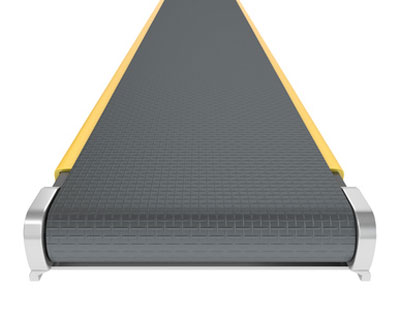
The ongoing planning and adjustments integral to the SIOP is like a conveyor belt carrying along current data and processes until they become history.
SIOP (Sales, inventory, & operations planning) is a methodology of sorts that aligns demand with supply – and, more importantly, the various functions of the organization, customers, and suppliers on a demand/supply plan. When done well, it can achieve dramatically effective results – supports growth, accelerates cash flow, improves turnaround times, maximizes margins, and increases efficiencies. Who wouldn’t want to find out more?
In the last few years, I have helped several clients design and implement SIOP. It is not a one-time project; instead, it can be viewed as an ongoing improved way of doing business – a culture change. Similarly to a safety program, SIOP must be built into the day-to-day culture. It cannot be a separate entity if you want to achieve dramatic results. Thus, a key part of the process is to sustain a monthly flow or cadence.
Whether it is a process step or there is a formal meeting, there will be a demand planning process, a supply planning process, a demand/supply review and an executive SIOP review. Typically, I see at least a demand planning meeting because coordination is required with Sales, Customer Service, Program Management, NPI (New products), Marketing etc., and usually a supply planning meeting to coordinate with Operations, Engineering, Procurement, Planning, NPI, etc. The larger companies will also have a formal demand/supply meeting. However, at a minimum, EVERY company that achieves results will have an executive SIOP meeting. Gaining alignment of the executive team and the SIOP leader is of paramount success for execution.
During the monthly review process, you will review at least current year-to-date, most likely the prior year and will look out 12-60 months depending on what makes sense for your industry and particular business. Thus, each month one month will drop off/move to history and one month will be added at the end of the cycle. For example, most of my clients have looked out 18-24 months. Thus, the current month will become history, a month will drop out of old history and month 18 will be added. One of my clients made the analogy of a conveyor belt. One month falls off and another gets picked up – it is as simple as that. I liked the simplicity, and it points out the importance of cadence to SIOP success.
To learn more about how to implement SIOP, read our book, SIOP (Sales Inventory Operations Planning): Creating Predictable Revenue and EBITDA Growth.


